Designing your life is more than just setting goals; it’s about creating a roadmap that aligns with your values and aspirations. Have you ever felt like you’re drifting through life without a clear direction? Understanding how to design your life can empower you to take control and steer toward a future that excites you.
In this article, we’ll explore the concept of life design and why it’s essential for personal growth. By diving into self-awareness, identifying your core values, and setting meaningful goals, you can craft a life that resonates with who you truly are. Imagine waking up each day, excited about what lies ahead because you’ve intentionally designed your journey.
We’ll also cover practical steps, like how to write down your vision and track your progress. Whether you’re looking to advance your career or simply want to live a more fulfilling life, these strategies will help you visualize your ideal future. It’s time to take your dreams off the back burner and transform them into tangible plans!
So, if you’re ready to embark on this transformative journey of life design, read on to discover the concrete steps that can lead you to your best self.
- Understand the importance of life design and self-awareness
- Learn how to set SMART goals for career advancement
- Discover effective methods for tracking your progress and implementing your life design
Understanding the Importance of Life Design
What is Life Design?
Life design is the process of intentionally crafting the life you want to live. It goes beyond merely setting goals; it involves a deeper exploration of what truly matters to you. This means understanding your passions, values, and the experiences that bring you joy. By taking the time to reflect on these elements, you can create a personalized blueprint that serves as your guide.
When we talk about life design, it’s essential to recognize that everyone’s path is unique. What works for one person may not resonate with another. That’s perfectly okay! The key is to embrace your individuality and tailor your life plan to fit your specific needs and aspirations. It’s about creating a life that feels authentic and fulfilling to you.
In essence, life design is about empowerment. It provides you with the tools to take charge of your destiny. Instead of letting circumstances dictate your journey, you become the architect of your own life, making conscious choices that lead you toward a future filled with purpose.
- Life design involves self-reflection and understanding your core values.
- It is a personalized approach that respects individual uniqueness.
- This process empowers you to take control of your life’s direction.
Why is it Necessary to Design Your Life?
Designing your life is vital for several reasons. First and foremost, it creates clarity. When you articulate what you want out of life, you establish a clear direction. Think of it as a compass that helps guide your decisions and actions. This clarity allows you to prioritize what truly matters, ensuring that your time and energy are focused on pursuits that align with your vision.
Moreover, life design enhances your resilience. Life is full of unexpected twists and turns, and having a well-thought-out plan helps you navigate challenges more effectively. When you encounter setbacks, your design serves as a reminder of your goals, helping you to adjust and keep moving forward. This adaptability is crucial for personal growth and lasting fulfillment.
Additionally, designing your life fosters a sense of accountability. By committing to your vision, you create a framework that encourages you to stay on track. You become more aware of your choices and their impact on your journey. This heightened sense of responsibility not only boosts your motivation but also propels you toward achieving your desired outcomes.
Finally, life design nurtures a positive mindset. When you actively engage in creating the life you desire, you cultivate optimism and enthusiasm. This proactive approach can significantly impact your mental well-being, making you more resilient in the face of adversity.
- Establishing a clear direction helps prioritize your goals.
- A thoughtful plan enhances your resilience during challenges.
- Accountability fosters responsibility and motivation in your journey.
- Engaging in life design cultivates a positive mindset and well-being.
Steps to Enhance Self-Awareness
Methods for Self-Analysis
To design your life effectively, enhancing your self-awareness is crucial. One of the best methods for self-analysis is journaling. By writing down your thoughts, feelings, and experiences, you can gain insight into your patterns and behaviors. This practice allows you to reflect on what truly matters to you and can reveal areas where you might want to focus your energy.
Another effective approach is seeking feedback from trusted friends or mentors. Sometimes, we are too close to our own lives to see things clearly. By asking others for their perspectives, you can uncover blind spots and gain new insights into your strengths and weaknesses. This external viewpoint can be incredibly valuable as you work to design a life that aligns with your true self.
Additionally, taking personality assessments can provide a structured way to explore your traits and preferences. Tools like the Myers-Briggs Type Indicator or the Enneagram can help you understand your motivations and how you interact with the world. These insights can guide you in making decisions that resonate with your authentic self.
- Journaling helps clarify your thoughts and feelings.
- Feedback from others offers new perspectives on your strengths and weaknesses.
- Personality assessments provide structured insights into your traits and motivations.
Finding Your Values
Once you have a clearer understanding of yourself, the next step is to identify your core values. Values are the guiding principles that shape your decisions and actions. Reflecting on what matters most to you can provide a solid foundation for your life design. Start by asking yourself questions like, “What do I stand for?” or “What brings me the most joy?”
Consider creating a list of values that resonate with you. This might include aspects like integrity, creativity, family, or adventure. Once you have identified these values, prioritize them. Understanding which values are non-negotiable can help you make choices that align with your life design. When your actions reflect your values, you’ll feel more authentic and fulfilled.
Lastly, revisit your values regularly. As life evolves, so can your values. By checking in on what matters to you, you can ensure that your life design remains aligned with your true self. This ongoing evaluation is crucial in maintaining a sense of direction and purpose.
- Values are guiding principles that influence your decisions.
- Creating a prioritized list of values helps clarify what matters most to you.
- Regularly revisiting your values ensures alignment with your evolving self.
Setting Goals for Career Advancement
How to Set SMART Goals
Now that you have a clearer understanding of your values and self-awareness, it’s time to translate those insights into actionable steps. One effective method for setting goals is the SMART criteria, which stands for Specific, Measurable, Achievable, Relevant, and Time-bound. Using this framework can help you create goals that are not only inspiring but also attainable.
When you set a specific goal, you know exactly what you want to achieve. For example, instead of saying, “I want to get better at my job,” a specific goal would be, “I want to complete a certification in my field within the next six months.” This clarity allows you to focus your efforts effectively. Additionally, make sure your goals are measurable, so you can track your progress. Setting a timeline helps maintain your motivation and provides a sense of urgency.
It’s also important to ensure your goals are achievable and relevant. This means being realistic about what you can accomplish within your circumstances while also aligning your goals with your overall life design. By doing this, you’re more likely to stay committed and inspired to reach your objectives. Lastly, set a deadline for each goal to keep yourself accountable and motivated as you work toward your career advancement.
- Define your goals using the SMART criteria.
- Ensure goals are specific and measurable for clear tracking.
- Align your goals with your life design for greater relevance.
Differences Between Short-Term and Long-Term Goals
Understanding the difference between short-term and long-term goals is crucial for a well-rounded life design. Short-term goals are typically those you aim to achieve within a year, while long-term goals may take several years or even decades to fulfill. Both types of goals play an essential role in your overall journey, but they serve different purposes.
Short-term goals allow you to see quick wins and maintain motivation. They act as stepping stones toward your long-term vision. For instance, if your long-term goal is to become a manager in your field, a short-term goal might be to lead a small project at work. These smaller achievements boost your confidence and help you build the necessary skills for your ultimate aspirations.
On the other hand, long-term goals provide a broader perspective on your career path. They require patience and persistence, but they help you remain focused on your overarching vision. By keeping your long-term goals in mind, you can make decisions that align with your desired future and ensure that your short-term efforts contribute to your larger objectives.
- Short-term goals provide quick wins and motivation.
- Long-term goals offer a broader perspective on career aspirations.
- Both goal types contribute to an effective life design.
How to Write for Implementing Life Design
Creating a Vision Board
One of the most effective ways to implement your life design is by creating a vision board. This visual representation of your goals and dreams serves as a constant reminder of what you aspire to achieve. To start, gather images, quotes, and symbols that resonate with your vision. You can find these in magazines, online, or even create your own artwork. The key is to make it personal and reflective of your desires.
Once you have your materials, take some time to arrange them on a board or digital platform. As you do this, think about how each element represents your goals and intentions. This process is not just about aesthetics; it’s about aligning your subconscious with your conscious aspirations. Place your vision board somewhere you’ll see it daily, allowing it to inspire you and motivate you to take action.
Moreover, remember that your vision board is not set in stone. As you grow and evolve, your goals may shift, and that’s perfectly okay. Regularly update your board to reflect your current aspirations and ensure it continues to resonate with you. This practice keeps your life design dynamic and aligned with your ever-changing self.
- A vision board visually represents your goals and dreams.
- Personalize it with images and quotes that resonate with you.
- Update your board regularly to reflect your evolving aspirations.
Tracking Progress Through Journaling
Journaling is another powerful tool for implementing your life design. It allows you to reflect on your journey and assess your progress over time. Start by setting aside dedicated time each day or week to write about your experiences, thoughts, and feelings related to your goals. This practice helps you stay connected to your intentions and fosters self-awareness.
As you write, consider documenting not just your successes but also the challenges you face. This honest reflection can provide valuable insights and help you adjust your strategies as needed. Tracking your progress in this way creates a sense of accountability, making it easier to stay focused on your life design.
In addition, reviewing your journal entries periodically can be enlightening. It allows you to see patterns, recognize growth, and celebrate achievements, no matter how small. This habit reinforces your commitment to your vision and keeps you motivated on your journey toward personal growth and fulfillment.

For those interested in further enhancing their journey of self-improvement, you might find value in the article titled Examples of Goal Setting for Self-Improvement! Tips for Growth with a Future Focus. This piece delves into practical examples and strategies for setting effective goals that align with your aspirations, making it a perfect complement to your life design efforts.
- Journaling fosters self-awareness and reflection on your journey.
- Document both successes and challenges for valuable insights.
- Regularly review entries to recognize growth and celebrate achievements.
Summary
Designing your life is an empowering journey that requires intentionality and self-reflection. Throughout this article, we’ve delved into the importance of self-awareness, identifying core values, and setting meaningful goals. By understanding how to design your life, you can create a roadmap that aligns with your aspirations, allowing you to navigate challenges with resilience and clarity. Remember, life design is not a one-time task but an ongoing process that evolves with you.
As you embark on this journey, keep in mind the importance of journaling and creating a vision board to track your progress and stay connected to your goals. These practices will serve as your guiding light, helping you to remain focused and motivated as you work toward the life you truly desire.
- Life design involves self-reflection and understanding your core values.
- Setting SMART goals helps translate insights into actionable steps for career advancement.
- Regularly revisiting your values and tracking progress ensures alignment with your evolving self.
We would love to hear your thoughts! What steps are you taking toward designing your life? Feel free to share your experiences and insights in the comments below.



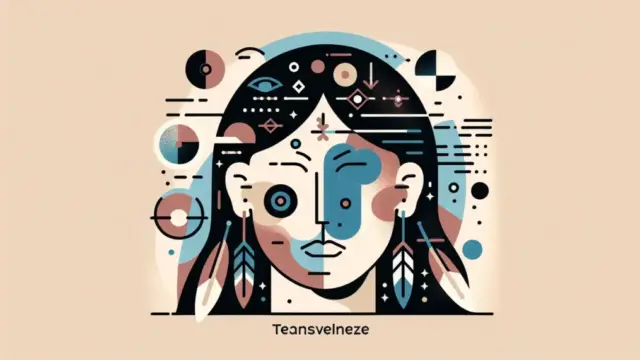











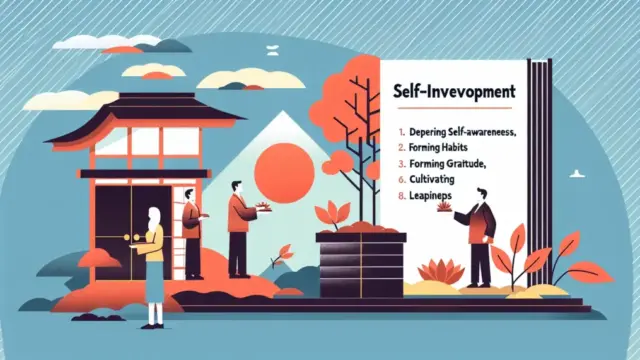




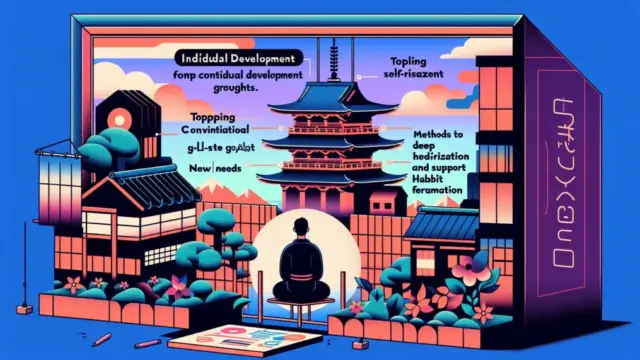


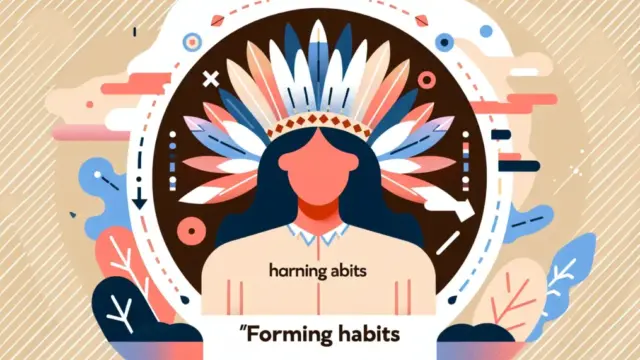





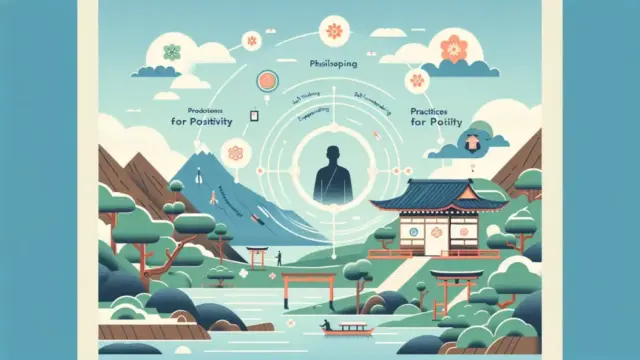

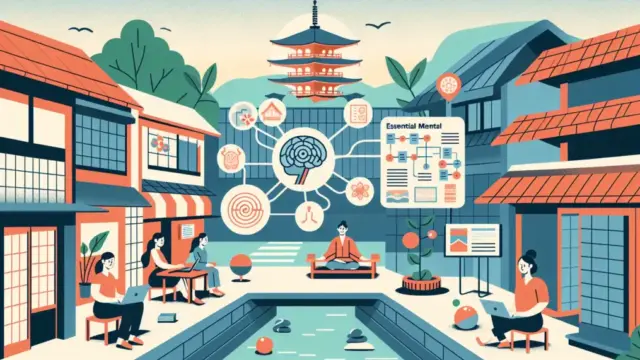












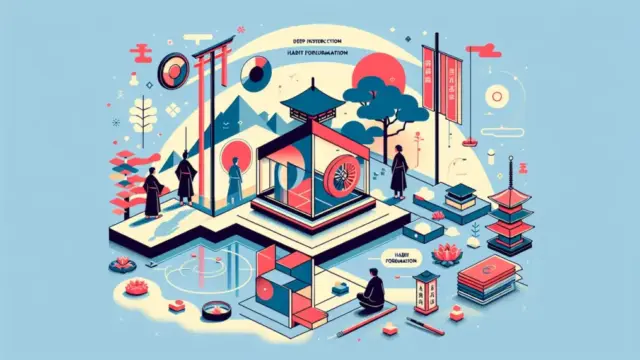

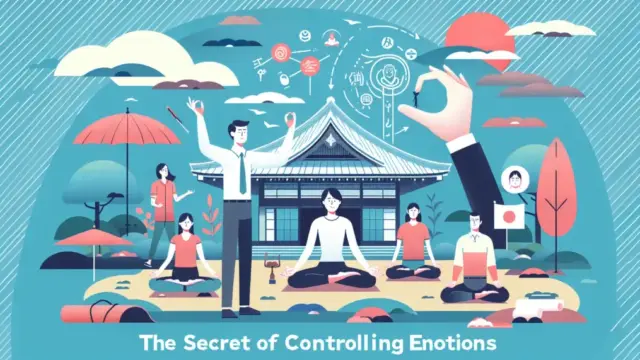
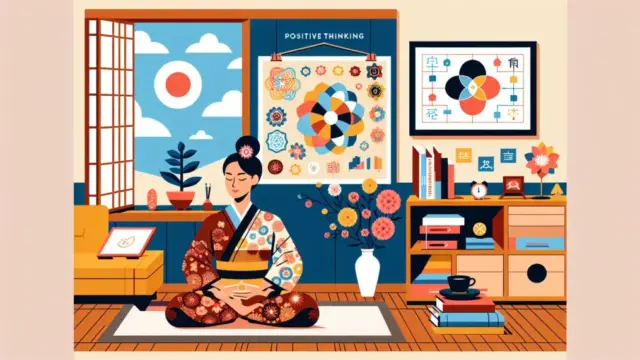


Comment